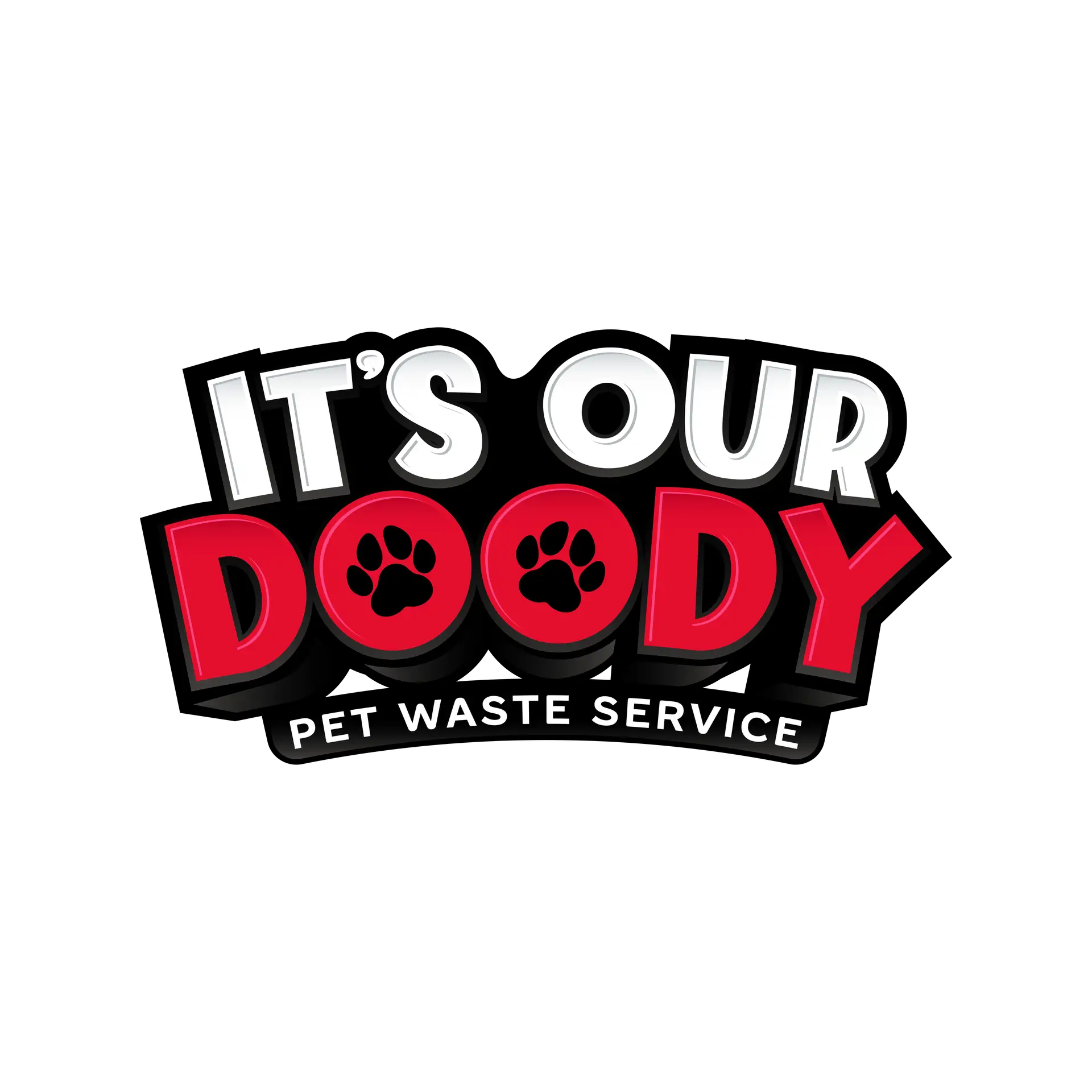This article of courtsey of Poop Patroller serving Annandale, VA
Food aggression in dogs is a common behavioral issue that can cause significant stress for both pets and their owners. This type of aggression typically manifests when a dog becomes possessive over food, treats, or sometimes even toys. It’s important to address this behavior early on to ensure the safety and well-being of everyone involved. In this post, we’ll explore the causes of food aggression, how to recognize it, and effective strategies to manage and correct this behavior.
What is Food Aggression?
Food aggression, also known as resource guarding, is when a dog becomes defensive or aggressive when eating or when food is nearby. This can include growling, snapping, or even biting to protect their food. This behavior is instinctual and can be traced back to their wild ancestors who had to guard their food to survive.
Causes of Food Aggression
- Genetic Predisposition: Some breeds are more prone to resource guarding due to their genetic makeup.
- Past Experiences: Dogs that have experienced food scarcity or competition may develop food aggression.
- Lack of Socialization: Dogs that aren’t properly socialized may not learn how to share or understand that food is always available.
- Medical Issues: Sometimes, underlying health problems can cause dogs to become more protective of their food.
Recognizing Food Aggression
It’s crucial to identify the signs of food aggression early to address the issue effectively. Common signs include:
- Growling or Snarling: The dog may growl or show its teeth when someone approaches while it’s eating.
- Stiff Body Posture: The dog may become tense and stiff when someone gets close to its food.
- Fast Eating: Some dogs may eat their food very quickly to prevent it from being taken away.
- Direct Stare: A dog may give a hard, fixed stare to anyone approaching its food.
Managing Food Aggression
Addressing food aggression involves patience, consistency, and positive reinforcement. Here are some steps to help manage and reduce food aggression in dogs:
- Evaluate the Environment: Ensure the feeding area is quiet and free from disturbances. This can help your dog feel more secure and less threatened.
- Gradual Desensitization: Start by standing a few feet away from your dog while it eats. Gradually decrease the distance over time as your dog becomes more comfortable.
- Hand Feeding: Hand feeding your dog can help them associate human presence with positive experiences. Begin by offering small amounts of food from your hand before putting the bowl down.
- Trade-Up Game: Teach your dog to trade its food for something better. Offer a high-value treat in exchange for their food bowl. This can help them learn that giving up their food results in a reward.
- Positive Reinforcement: Reward your dog for calm behavior around food. Use treats and praise when your dog shows no signs of aggression.
- Consistency and Routine: Feed your dog at the same times each day to establish a routine. This can help reduce anxiety and anticipation around feeding times.
- Professional Help: If the aggression is severe or you’re unsure how to proceed, seek help from a professional dog trainer or a veterinary behaviorist.
Preventing Food Aggression
Preventing food aggression from developing in the first place is ideal. Here are some preventive measures:
- Socialization: Ensure your puppy is well-socialized and exposed to various situations involving food.
- Training: Start basic obedience training early, teaching commands like “leave it” and “drop it.”
- Regular Vet Check-ups: Regular health check-ups can help identify and address any medical issues that might contribute to food aggression.
Conclusion
Food aggression in dogs can be a challenging issue, but with the right approach, it can be managed and even prevented. Understanding the root causes and recognizing the signs are the first steps. By using desensitization techniques, positive reinforcement, and maintaining a consistent routine, you can help your dog feel more secure and reduce aggressive behaviors around food. Remember, patience and persistence are key, and don’t hesitate to seek professional help if needed. With time and effort, you and your dog can enjoy mealtime without the stress of food aggression.


